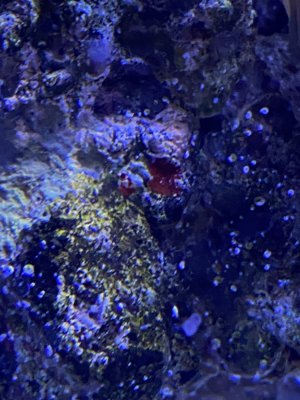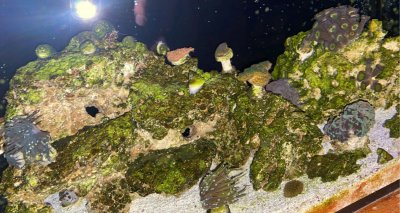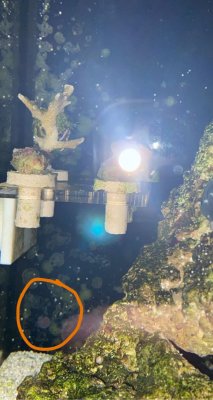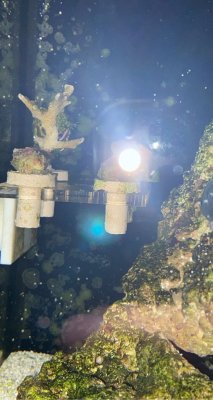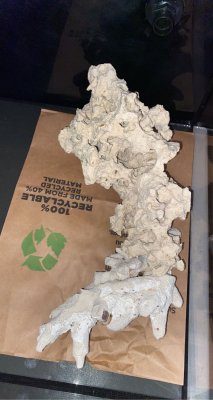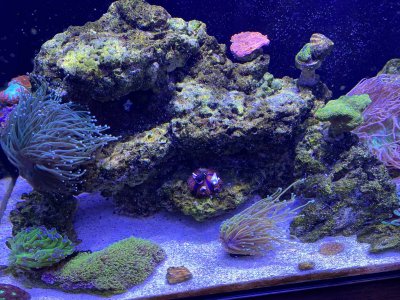- Joined
- Apr 29, 2020
- Messages
- 1,038
- Reaction score
- 535
I’m confused. My tank is 6 months old almost 7. I’ve gone through ugly phases and I’m noticing my sps are taking off. It’s gotta be matured. I’m also noticing purple corralaine growing. I’ve even noticed some red spots that don’t brush off easily even with a tooth brush. My rocks are still covered in green color and I notice my back black panel is covered in green “spots” there’s like 5 percent pink spots rest look green. What is this ? How do I get the purple to take over ?
